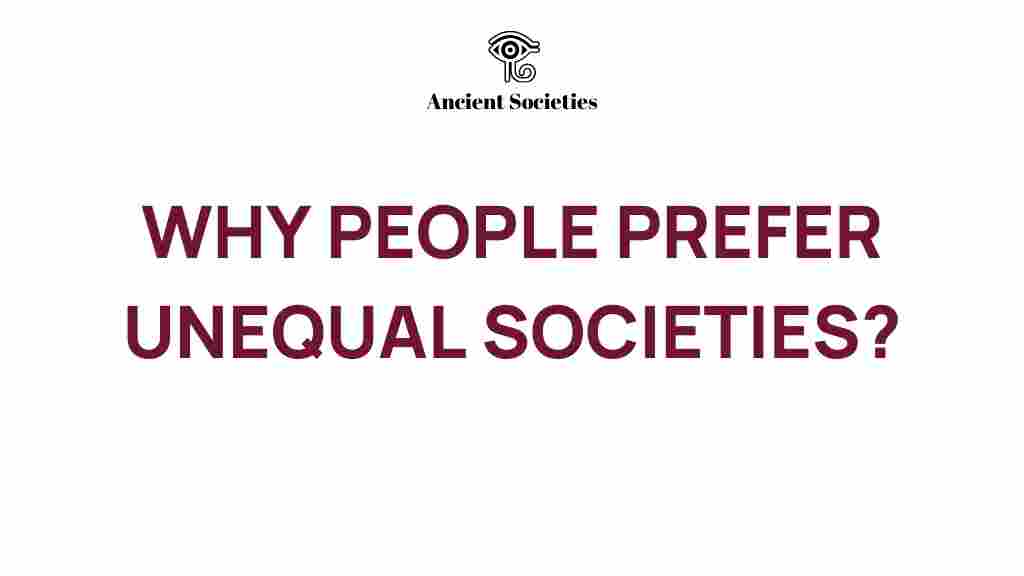Unequal Societies: The Hidden Allure Behind Disparity
In our increasingly interconnected world, the concept of unequal societies has become a focal point for discussion among researchers, policymakers, and the general public. While the negative impacts of social inequality are well-documented, there is a hidden allure behind the disparity that often goes unnoticed. This article aims to explore the intricate dynamics of social inequality, human behavior, cultural dynamics, economic disparity, social structures, societal preferences, and historical context that shape our understanding of unequal societies.
Understanding Social Inequality
Social inequality refers to the unequal distribution of resources, opportunities, and privileges among individuals within a society. This phenomenon manifests in various forms, including economic disparity, educational access, healthcare availability, and even social recognition. The roots of social inequality can be traced back to historical context, which lays the foundation for current societal structure.
The Psychological Allure of Disparity
One of the intriguing aspects of unequal societies is the psychological allure that disparity can create. Human behavior is often influenced by the perception of wealth and status. In many cultures, economic disparity can lead to a sense of aspiration among individuals, motivating them to strive for a higher social standing.
- Ambition: The desire to improve one’s socio-economic status can drive individuals to work harder and innovate.
- Social Comparison: Individuals often compare their situation with others, which can create both motivation and discontent.
- Group Dynamics: People are likely to form groups that reflect their socio-economic status, reinforcing in-group preferences.
Cultural Dynamics and Their Impact on Social Structures
Cultural dynamics play a crucial role in shaping societal preferences and attitudes toward inequality. Different cultures exhibit varying levels of acceptance and tolerance for social disparity.
For instance, in collectivist societies, there may be a stronger emphasis on community and equity, leading to a push for policies that reduce inequality. In contrast, individualistic cultures may celebrate personal achievement and wealth accumulation, further entrenching economic disparity.
The Role of Economic Disparity in Shaping Social Structures
Economic disparity is a significant component of social inequality that influences various social structures. The concentration of wealth within a small segment of the population often results in power imbalances, dictating access to resources and opportunities.
- Access to Education: Wealthier individuals can afford better educational opportunities, perpetuating a cycle of inequality.
- Healthcare Access: Economic disparity often leads to unequal access to healthcare, affecting overall societal health.
- Political Influence: Those with economic power often have greater political influence, shaping policies that favor their interests.
Historical Context of Unequal Societies
To comprehend the allure behind disparity, one must delve into the historical context that has shaped current societal structures. Many societies have evolved through historical events such as colonization, industrialization, and globalization, which have significantly impacted economic disparity and social inequality.
Colonization and Its Legacy
Colonization has left an enduring legacy of inequality in many parts of the world. The extraction of resources and exploitation of local populations have created significant economic disparities that persist today.
Industrialization and Class Structures
The industrial revolution marked a pivotal shift in social structures, leading to the formation of distinct class systems. The bourgeoisie emerged as a powerful class, while the proletariat faced exploitation, contributing to long-lasting economic disparities.
Globalization and Economic Inequality
In the contemporary era, globalization has further complicated the landscape of social inequality. While globalization has created opportunities for economic growth, it has also led to greater disparities in wealth distribution both within and between nations.
Step-by-Step Process: Addressing Social Inequality
While the allure of unequal societies can be captivating, addressing social inequality remains a pressing concern. Here is a step-by-step process to tackle this issue:
- Awareness: Increase awareness about the implications of social inequality through education and community programs.
- Policy Reform: Advocate for policy changes that promote equal access to resources such as education, healthcare, and employment.
- Community Engagement: Foster community engagement initiatives that empower marginalized groups and promote inclusivity.
- Support Economic Diversification: Encourage economic diversification in regions heavily reliant on a single industry to reduce economic disparity.
- Promote Fair Trade: Support fair trade practices that ensure equitable distribution of profits among producers and workers.
Troubleshooting Tips for Addressing Inequality
Addressing social inequality can be challenging, and various obstacles may arise. Here are some troubleshooting tips:
- Resistance to Change: Be prepared for resistance from those benefiting from the status quo. Engage in constructive dialogue to address concerns.
- Resource Limitations: Collaborate with local organizations to pool resources and maximize impact.
- Measuring Impact: Establish clear metrics to measure the effectiveness of initiatives aimed at reducing social inequality.
Conclusion
The allure of unequal societies is a complex interplay of human behavior, cultural dynamics, and economic disparity, deeply rooted in historical context. While social inequality poses significant challenges, understanding its nuances can help us develop effective strategies to address these disparities.
As we move forward, it is crucial for individuals and communities to engage in conscious efforts to promote equity and inclusion. By fostering awareness, advocating for policy reform, and supporting marginalized communities, we can work towards a more equitable society.
For more information on social inequality and its effects on human behavior, visit this resource. To explore further readings on historical contexts of inequality, check out this article.
This article is in the category Society and created by AncientSocieties Team
